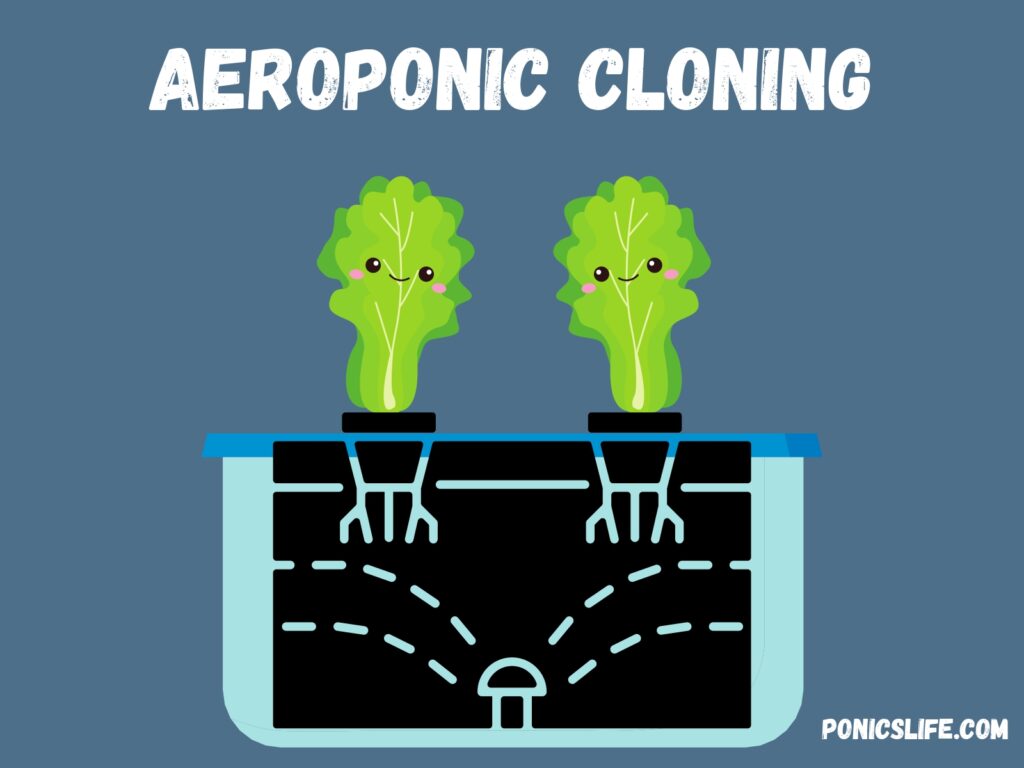Whether you’re an aspiring hobbyist or a seasoned commercial grower, nothing quite beats the speed and effectiveness of aeroponic cloning. Simply take a cutting, stick it in a cloner, and voila, in just a matter of days you’ve got some visible roots peaking out from the dark, mysterious mist.
Yet, despite the initial magic of those hairy little roots showing themselves for the first time, for most aeroponic growers, all you really want to know is exactly WHEN you can transplant them into your main system — AKA, when are your roots big enough?
Well, the answer it seems, as always (unfortunately), is it depends.
For some plants, such as tomatoes, you’ll have a fully rooted plant in as little as 3 days, and then other plants, such as rosemary, won’t have big enough roots until day 15. Again, while they may all show roots early on, each plant species is really on its own time.
The good news, however, is that regardless of plant type, there is no doubt — aeroponics is the fastest and most efficient way to propagate and clone plants.
So, from cutting to clone, explore the info below to find out cloning times for the most popular vegetables, herbs, and fruits grown in aeroponic systems.

When Can I Transplant my Vegetable Clones?
Once you’ve taken a cutting from your garden, you can insert it into your aeroponics cloner. But, as stated above, depending on your chosen vegetable, herb, or fruit, the exact amount of time you leave it in the cloner — aka cloning time — will greatly differ.
To plan accordingly, use the table below to estimate how long it will take you to clone your plant.
Quick Note: The below table reflects average cloning rates for a High Pressure Aeroponics (HPS) system. A Low Pressure Aeroponics (LPA) system will be slightly slower. Additionally, times will slightly vary depending on your particular setup and the effectiveness of your cloner.
| Aeroponic Vegetable/Herb/Fruit | Days Until Root System Suitable for Transplant |
|---|---|
| Basil | 5 |
| Bean | 7 |
| Beets | 11 |
| Blueberry | 25 |
| Broccoli | 11 |
| Carrot | 12 |
| Egg-Plant | 15 |
| Grapes | 32 |
| Lettuce | 10 |
| Mint | 10 |
| Onion | 14 |
| Peppers | 10 |
| Potato | 7 |
| Raspberry | 28 |
| Rosemary | 15 |
| Spinach | 9 |
| Squash | 7 |
| Tomato | 3 |
Frequently Asked Questions
Is this cloning chart exact?
This cloning chart is a good estimate of how long it will take your plants to root, but it is not exact. Each system/setup varies and there are several variables that will affect timing (i.e. rooting gel/hormone use, temperature differences, pH of water, nutrients, etc.).
How big should my cutting be before I put them in the cloner?
As a general rule of thumb, you want your cuttings to be soft and non-woody, relatively young (aka new growth), and long enough to reach your water/mist before you put them in your cloner. Only take cuttings from plants that you consider to be good quality. Avoid taking cuttings if they show signs of disease, have an irregular appearance, or are discolored.
How big do the roots need to be before transplanting?
Your roots should be about 2 inches long before transplanting. However, this really depends on what growing system/medium you’re transplanting into. As a general rule of thumb, and to be on the safe side, transplant and test one clone before transferring all of them over.
Can I trim my cloned roots?
There are very few scenarios where it makes sense to trim your roots, but nonetheless, if it needs to be done, then simply take a pair of scissors and start trimming. We cover this more extensively in our Seeds and Seedlings Guide.
Can I build my own aeroponic cloner?
Absolutely! In fact, we’ve outlined how to do just that in our DIY Aeroponics Guide. Read it, learn from it, and build your own aeroponics system.
Where can I learn more about Aeroponics?
If you’d like to learn more about aeroponics, try giving our “What is Aeroponics” guide a read or check out our “Aeroponics Hobby Center” for the latest and greatest aeroponic information.






